SUMMARY
This is AI generated summarization, which may have errors. For context, always refer to the full article.
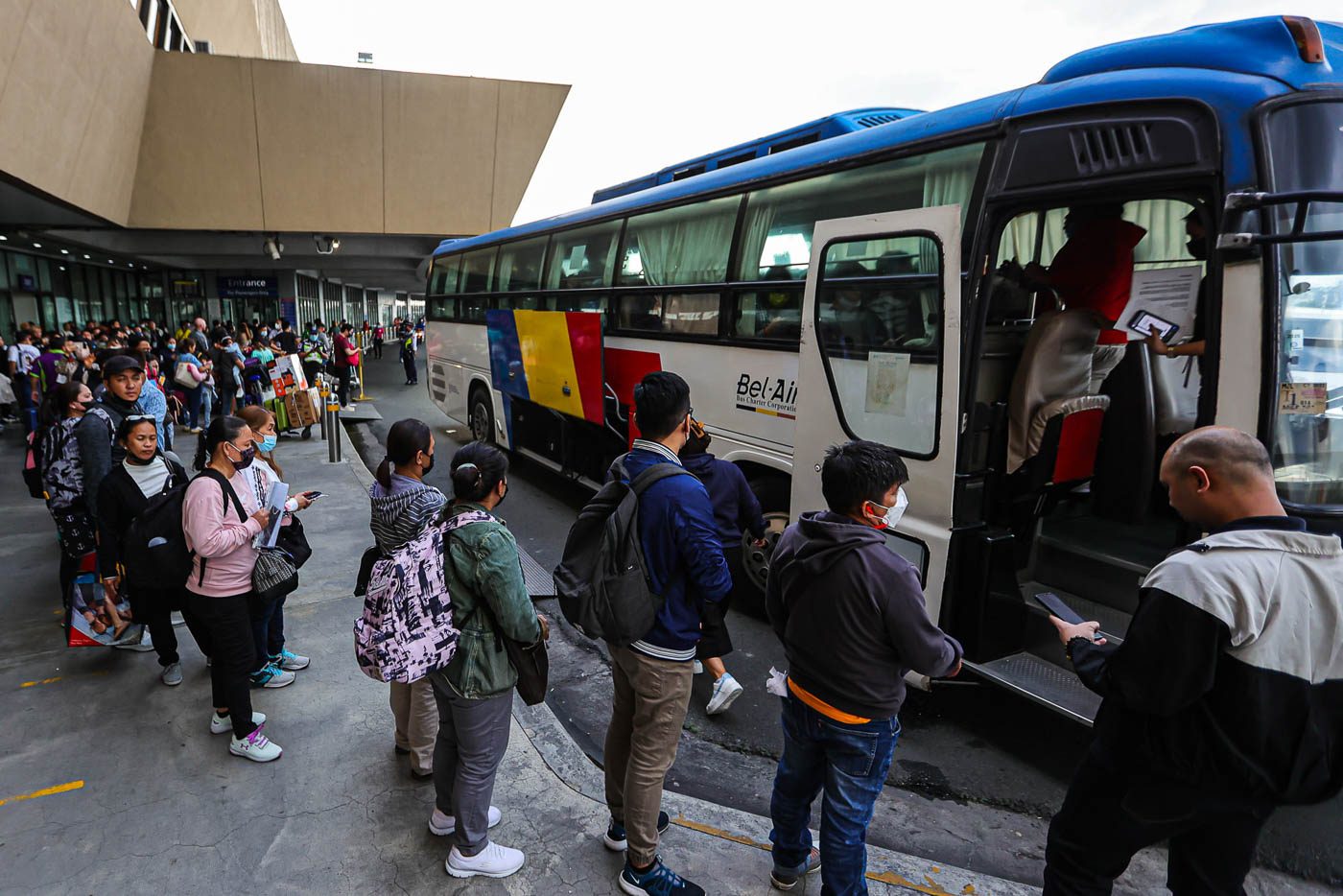
MANILA, Philippines – More buses for the Ninoy Aquino International Airport (NAIA) might soon be needed as Filipinos gear up for “revenge travel.”
In a statement on Saturday, February 25, House Deputy Speaker Ralph Recto highlighted the need to prepare NAIA for the expected surge in passenger traffic, which he said may soon pass the 50-million mark.
Recto pointed out that adding more buses to serve NAIA could be an inexpensive way to improve the airport’s passenger capacity. He suggested a carousel system of buses linking the airport’s “Balkanized four terminals” and routes to the terminals from pick-up points in malls.
Passengers with connecting flights at different terminals should be ferried there by buses for free, a service that the congressman said should be covered by the terminal fee.
“Kung kaya nating umutang ng P356 bilyon at hukayin ang ilalim ng lupa para sa isang subway, siguro naman mas madali ang pag-deploy ng maraming bus (If we can borrow P356 billion and excavate for a subway, it should be easier to deploy more buses),” Recto said, alluding to the planned Metro Manila Subway Project that is envisioned to slash transport time from Quezon City to NAIA to just 35 minutes.
Currently, the airport is not directly connected to any railway, with passenger transportation being limited to taxis and other vehicles-for-hire.
“In the absence of trains, buses are the next best choice,” Recto said. “Sa lahat ng airports sa buong mundo, ang buses ay bahagi ng isang (In all airports around the world, buses are part of an) integrated transportation system servicing an airport.”
Recto emphasized the need to improve the passenger experience for those using the country’s airport. A good step in this direction, he said, was the removal of x-ray machines at the initial security screening of NAIA’s terminals, which he hailed as “a simple yet effective solution [that] improved passenger experience.”
“An air passenger’s experience and comfort extend beyond an airport’s gate. The global trend in airport management is how to make it easier and faster for people to go to an airport,” the House deputy speaker said.
As the only international airport serving Metro Manila, NAIA has been running over capacity for several years. Senator Grace Poe previously said that NAIA has a rated capacity of only 35 million passengers, even as its actual passenger volume has already reached 47.88 million as of December 2022.
Tens of thousands of passengers in NAIA also had their New Year’s Day plans ruined as the air traffic management system covering the airport’s flights broke down.
NAIA was recently named as the third most stressful airport in Asia and Oceania as more than half of passengers traveling through the airport reported being stressed. Another study also found NAIA as the worst business class airport in the world. – Rappler.com
Add a comment
How does this make you feel?
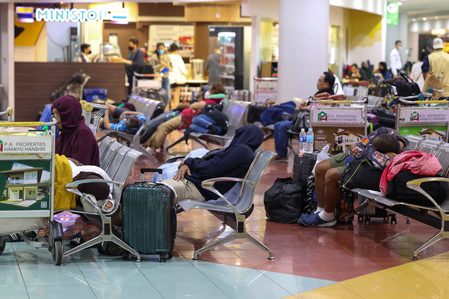
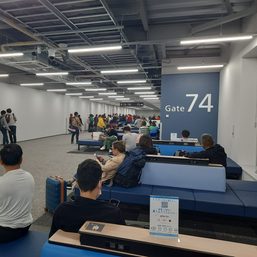

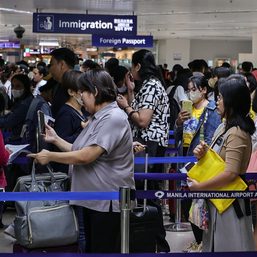
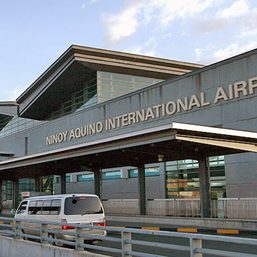
![[Vantage Point] Bug and rodent infestation in NAIA: Why aren’t we surprised?](https://www.rappler.com/tachyon/2024/03/tl-bugs-and-rodents.jpg?resize=257%2C257&crop_strategy=attention)
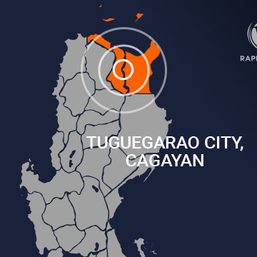

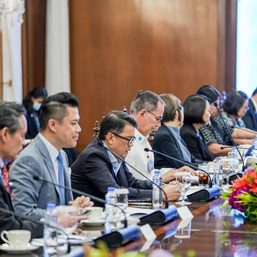
![[OPINION] The First Mode conundrum](https://www.rappler.com/tachyon/2024/03/tl-first-mode-conundrum-03232024.jpg?resize=257%2C257&crop=283px%2C0px%2C720px%2C720px)

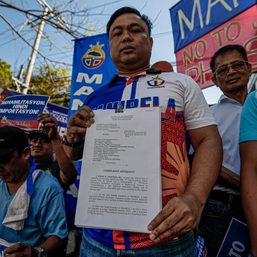


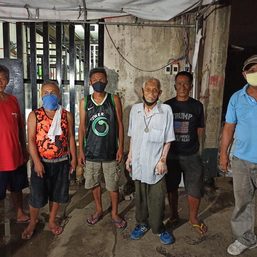
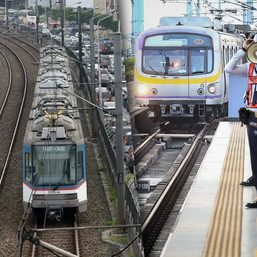
There are no comments yet. Add your comment to start the conversation.